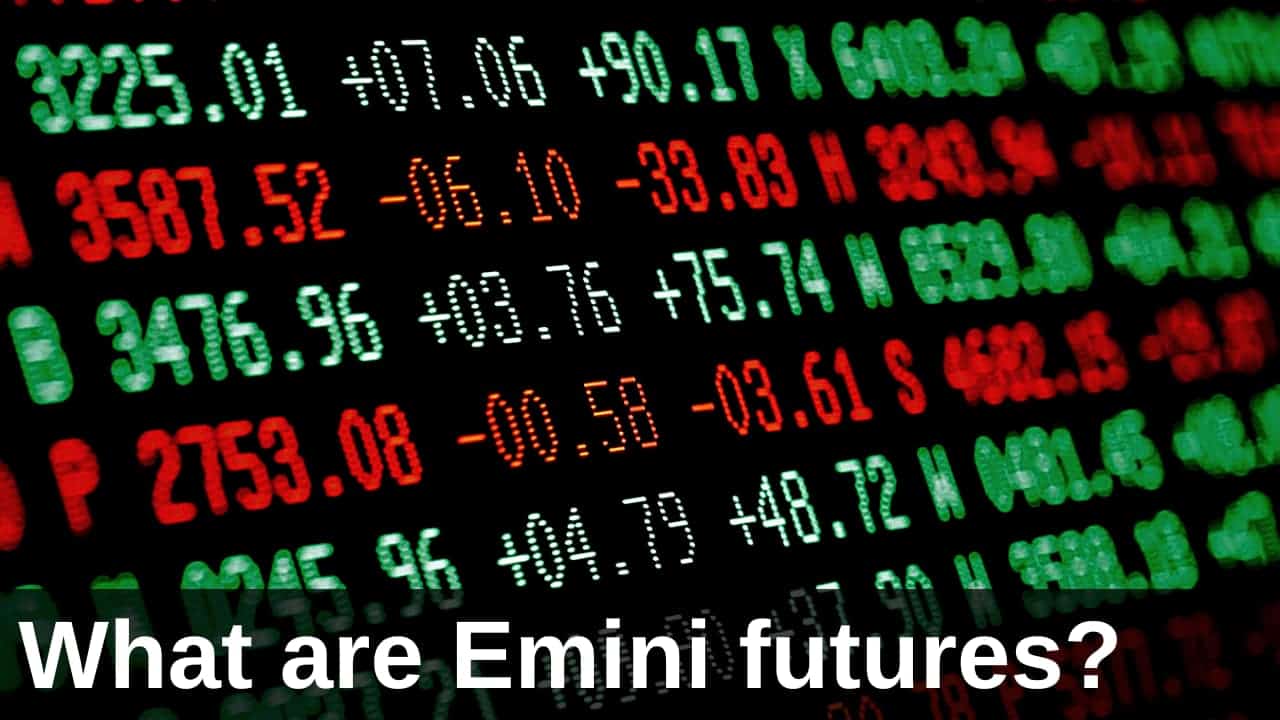
Over the years I’ve catalogued 7 (so far) “Rules of Thumb” that keep me out of trouble and help me improve my Emini day trading results.
These Rules of Thumb are nothing mind blowing – just some useful guidelines that stop me making stupid mistakes and keep me out of low probability trades. They are specific to Emini day trading but you might find that they also work for day trading other markets, like Crude Oil or Forex (except #1).
Table of Contents
Use the links above to jump to the Rule of Thumb that interests you.
Rule of Thumb #1: Reversals Happen Before 11am
This Rule of Thumb is possibly the most important one.
It has kept me out of dozens of losing trades when I was just looking to prove I was smarter than the market and pick a top or bottom. The Rule goes something like this.
If the market has not reversed by 11am (Chicago time, CST) then it’s unlikely to be a Reversal day. Don’t expect any strong moves against the morning trend direction. Instead the most likely scenario is that the market will continue in the direction of the morning trend, break to new Highs if it’s in a uptrend (Lows for a downtrend). But the breaks will only be by a bit at a time, maybe a half point or full point on the Emini.
True Reversal days have gotten going by 11am. That has given the Professionals time to exit their positions and get positioned for a decent trend move in the opposite direction. Plus the morning activity will have suckered in the Amateurs. Remember, the Pro’s are in it for a decent move – 3 or 4 points ain’t good enough – and a bigger move will take time.
Barry, thanks for your ‘reversals unlikely’ after 11 am rule of thumb and the other rules of thumb as well. Saved me some money recently as I had taken a short position about 9:30 or 10 am and at 11:30 or so the trade was in limbo, breaking neither up or down significantly. But remembering the 11 am rule, decided the safe play was to close out with a small loss. Which turned out to be a good call.
George
And why is 11 am important? Well, it’s when the European markets start to close. So pre-11 am is when we have the most number of traders active and the most volume going through the market. Stock traders (who trade the stock market and New York time zone) talk about the “10 am Rule of Stock Trading”.
And don’t forget, you can use the free TradeStation and NinjaTrader Vertical Line indicator to mark 11 am on your charts and have a visual reminder of this Rule of Thumb.
Rule of Thumb #2: Maximum Two Trend Moves per Day
This Rule of Thumb is probably the second most important one.
This Rule of Thumb states that there are a maximum of 2 trend or directional moves per trading day. We either get a Trend Day (up or down) or a Reversal Day (down then up or up then down). We rarely get a day when the market is “schizophrenic” and moves up then down then up again (or vice versa).
There are two important cases when this Rule of Thumb doesn’t work:
- On FOMC days the market can have multiple large trend moves after the announcement at 1 pm Chicago time and appear quite “schizophrenic”.
- On small range days (less than about 8 Emini points, top to bottom) the market can bounce back and forward quite a few times, but none of these moves are a strong trending move.
Rule of Thumb #3: Expect Continuation After a Reversal Day
Trend moves – either up or down – usually last 2 days. On either side of that trending activity you usually have consolidation days, when the market is going nowhere much. So if the Emini reversed mid-Monday morning, then the trend is likely to continue into Tuesday and then Wednesday morning before consolidating.
So the Rule of Thumb goes, expect continuation after a Reversal day.
This 4-day cycle (2 trend days + 2 consolidation days) was first discussed in George Taylor’s (no relation) classic book “The Taylor Trading Technique“. You can use the Better Momentum indicator exhaustion signals on a 4500-tick Emini chart to show you the bottom and tops of these trend moves.
Rule of Thumb #4: Trend Days Close Near Their Extreme
As we said before, a Trend or Range Day is any day that moves over about 1.4%. They almost always Open at one extreme and Close at the opposite extreme – and move in one direction almost all day.
The best game plan on a Trend Day is to enter on a pull-back and hold to near the day’s Close. For me that’s impossible – I’m too set in my ways and always punching out at or near my 4-point target.
Another approach is to enter on a pull-back and set your target 1 to 1.5 points past the previous Low (or High in an uptrend). Once the strongest part of a trend day is over, the market will continue to wiggle around and push to new Lows, breaking the previous Low by a little each time.
Of course early market trading and recognition that today is going to be a Trend Day is key. But Trend Days just feel different from the Open – fast with any Reversal trades quickly being stopped out. And here’s the original analysis of Emini Range days, along with some schlocky Tom Cruise psychobabble 🙂
Rule of Thumb #5: Expect Consolidation After a Trend Day
In general, a Trend or Range Day is any day that moves over about 1.4% and starts at one extreme and ends close to the other extreme.
Hi Barry, I’ve been following you for about 3 years, and I must say that the last video (Rule of Thumb: Consolidation After Trend Day) is one of the best you have ever done. I really loved the indicators explanation and to see where did you made a mistake. Because I did the same one! And we learn more from mistakes than anything else.
Jordi
Remember, the market is a pendulum – it swings from one extreme to another. It swings from over-sold to over-bought; it swings from Professional activity to Amateur activity; it swings from busy and active to quiet and boring. And it also swings from trending to consolidating and back to trending.
So if you’ve had a trending day – then the most likely thing to happen the next day is a little follow through followed by consolidation. If you missed the big move yesterday – don’t expect a repeat performance today.
Rule of Thumb #6: Market Does Not Like Flat Tops
This Rule goes like this. Market Reversal points are usually spikes, with an extreme price print hit and moved away from rapidly. So if you see a market starting to top out and forming a ‘flat top’ (where the price high is hit a number of times) the most likely scenario is that the market is going to spike through this flat top.
When the flat top is breached you might see some stops run – as they’ve been placed above this congestion zone. And the market might be on its way to an exhaustion High. The same rule applies at bottoms, but they’re less obvious because markets bottom more quickly and come with exhaustion selling and spiky down bars.
Use the flat top Rule to exit trades (or sell stocks) with maximum profit. If you see stock prices and the Emini losing upward momentum and going flat, place your profit target just above the flat top. Then you’ve got a good chance of being taken out on a stop run and price spike above the flat top.
Rule of Thumb #7: Exhaustion Volume During the Day Session
Lastly, Rule of Thumb #7 – which refers to the Exhaustion Volume signals generated by the Better Momentum indicator.
If you see an Exhaustion Volume signal pre-open, wait until you see another Exhaustion Volume signal during the day session to enter a Reversal trade. Exhaustion pre-open is usually not enough to reverse a market – you need to have all the market participants active (or “during the full liquidity of the day” as I like to say).
This Rule is pretty specific to users of the Better Indicators – but I often get emails from inexperienced traders asking why their Reversal trade didn’t work out. 8 times out of 10 it’s because they didn’t wait for the Exhaustion Volume signal.
Entering a Reversal trade too early is probably the most common mistake almost all traders make! Just eliminating this one bad trading habit could potentially have a huge impact on your profitability.
I hope you found these 7 Emini day trading Rules of Thumb helpful.









